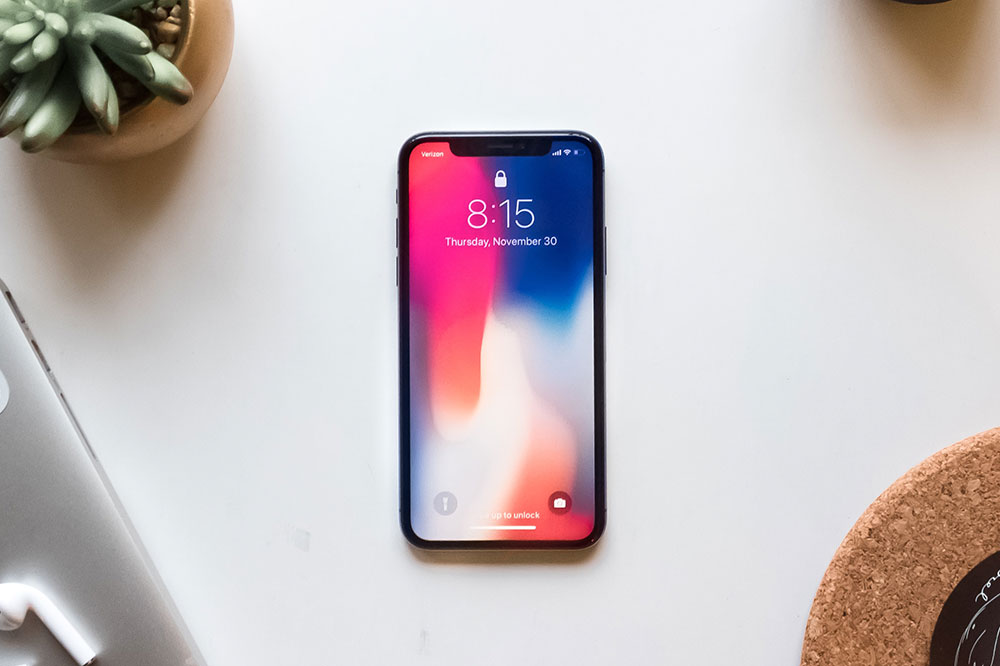Overview of the iPhone 10 Series: Features and Evolution
Explore the evolution of the iPhone X series, from its groundbreaking design and features to its successors. Learn how Apple innovated with OLED displays, Face ID, and more, shaping modern smartphones. Discover which model suits different user needs and preferences in this comprehensive overview.

Overview of the iPhone 10 Series: Features and Evolution
The iPhone brand has revolutionized smartphones since its debut. Introduced by Steve Jobs in 2007, the first iPhone set new standards with multi-touch interfaces and advanced cameras. Apple continued to innovate, culminating in the 2017 release of the iPhone X, which marked a major milestone. This device introduced a new design and features that influenced future models. Let's explore the key aspects of the iPhone X and its subsequent successors.
iPhone X
This model was the first to eliminate the Home Button, replacing it with gesture controls. It featured a 5.8-inch OLED edge-to-edge display, offering vibrant colors and superior contrast compared to previous LCD screens.
The OLED technology enhances color accuracy and is more power-efficient. iPhone X introduced Face ID for biometric security, replacing Touch ID. The front camera, embedded within the notch, supported 3D facial modeling with infrared sensors, even in low-light conditions. The rear featured dual cameras—a telephoto and wide-angle lens—and a stainless-steel frame for increased durability. Water resistance and wireless charging further boosted its appeal. Priced at approximately $999, it was considered a premium device.
The 2018 lineup included three models: iPhone Xs, Xs Max, and XR. The Xs retained the core design but introduced faster processors, improved water resistance, enhanced HDR capabilities, larger storage, and dual SIM support, retailing around $999. The Xs Max offered a larger 6.5-inch display for around $1,099. The XR provided a more affordable option at about $749, featuring a 6.1-inch LCD display, single camera, aluminum frame, and multiple color choices, with slight compromises on display resolution and camera system. These models built upon the foundational innovations of the iPhone X, shaping the future design and features of Apple's smartphone lineup. The iPhone XR, in particular, was popular due to its balanced features and cost.
Overall, the iPhone X introduced significant changes that set the stage for subsequent models. Its features, including the OLED display and Face ID, have become staples in Apple's design language. Customers seeking high-end specifications could opt for the Xs series, while more budget-conscious users found value in the XR. The evolution from the iPhone X to its successors highlights Apple's focus on innovation, performance, and user experience.
Note:
Our blog offers diverse insights and trustworthy information across various topics. While our research provides valuable data, readers should consider it as a reference rather than conclusive. The site isn't responsible for discrepancies or updates from other sources. Additionally, some current deals or offers may not be reflected here.










